Visit our showroom : 6 Royan Place, Bayswater North, Victoria 3153
Visit our showroom : 6 Royan Place, Bayswater North, Victoria 3153

As Melbourne’s cooler months approach, there’s no better time than now to invest in a brand-new heating system. Although split systems and ducted gas often get the lion’s share of attention, hydronic heating just might be the best option for you.
Whether you’re familiar or hearing about it for the first time, we’re here to break down the potential advantages and disadvantages of a hydronic heating system. Let’s not wait any longer and jump straight into it!
Although technology has changed, the concept behind hydronics dates back centuries.
These days, hydronic heating is a broad term for a system that uses heated water to warm your home. Instead of pushing hot air through ducts like traditional systems, it circulates warm water through pipes embedded in floors, walls, or radiators. This method is designed to create an even and consistent heat distribution without the dryness often associated with ducted heating.
So, how is this possible? The process begins with a gas boiler (or, in some cases, an electric or heat pump-powered system) that heats the water. Once heated, the water circulates through pipes, radiators, or an in-slab system to deliver warmth. Because it doesn’t rely on forced air, hydronic heating minimises dust circulation, making it a great choice for allergy sufferers.
Hydronic slab heating is a type of in-floor heating where pipes are embedded within a concrete slab. In this case, the slab itself acts as a thermal mass and slowly radiates heat throughout the space. Since concrete retains heat well, this method offers long-lasting warmth and reduces the need for constant energy input.
Slab heating is often installed in new homes or during major renovations. This is because the piping needs to be placed before the concrete is poured. Once installed, it will take a little longer to heat up compared to other systems, but once warm, it provides steady, energy-efficient heating for hours—even after the system is turned off.
Read the Hunt brochure to explore all of their options, including underfloor slab heating.
Wall hung hydronic heating is a system where panel radiators are mounted on walls and connected to a central boiler. These radiators circulate hot water, gently releasing warmth into the room. Unlike in-floor systems, which rely on thermal mass, wall hung units heat up quickly and provide more responsive temperature control.
This type of heating is a great option for both new builds and retrofits, as it doesn’t require major structural changes. While it doesn’t retain heat as long as slab heating, it offers fast and efficient warmth, making it ideal for homes that need quick temperature adjustments. Plus, with individual radiator controls, you can easily create heating zones, reducing energy waste and improving comfort.
Check out the Baxi Luna 3 Brochure to learn more!
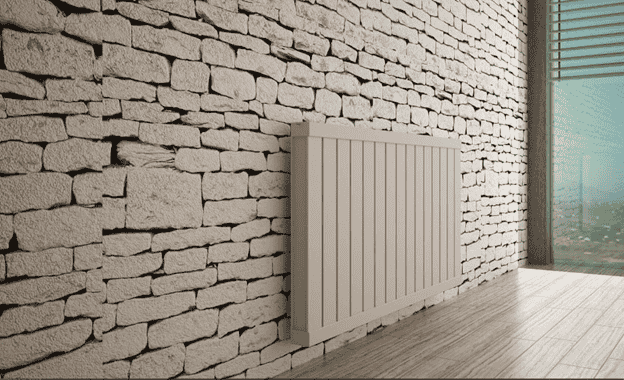
Similar to slab heating, in-floor hydronic heating involves running hot water through pipes beneath the flooring. However, instead of embedding them in concrete, the pipes are installed beneath timber, tiles, or other floor materials. This makes it a great option for homes that don’t have a concrete slab or for homeowners looking to retrofit their heating systems.
This method is particularly effective for tiled and stone floors, which can feel icy cold in winter. By installing hydronic heating underneath, you can transform your flooring into a gentle, radiant heat source that makes every step a warm and cosy one.
While gas ducted heating and split systems are still the dominant choices in Melbourne, hydronic heating has steadily grown in popularity. Many homeowners appreciate the system’s efficiency, quiet operation, and ability to provide gentle warmth without blowing air around the home.
Melbourne’s unpredictable weather means that a reliable and cost-effective heating solution is essential. With more people prioritising energy efficiency and sustainable living, hydronic heating—especially when paired with solar power—has become a serious contender in the home heating market.
In the right environment, hydronic heating comes with a great range of advantages that make it well worth the investment. Let’s explore some of the most notable right now:
Hydronic systems can be significantly more energy-efficient than traditional heating methods, particularly when paired with a high-efficiency condensing boiler. Here are some figures from Sustainability Victoria that perfectly illustrate this point
“New systems should have a boiler with an efficiency in the range of 75% to 85%. For higher efficiency consider a condensing boiler with an efficiency in the range of 89% to 94%. The higher the efficiency, the lower the running costs.” (Source: Sustainability Victoria).
So, what’s the science behind this incredible efficiency? Water is an excellent conductor of heat and retains warmth better than air, meaning once your system reaches the desired temperature, it requires less energy to maintain it. This can lead to lower energy bills compared to ducted gas heating or electric resistance heating.
Unlike ducted heating, which blows bursts of hot air that can create temperature fluctuations, hydronic heating is designed to provide a steady and even flow of warmth. Whether it’s in-floor heating or radiators, the heat radiates gently throughout the space, eliminating cold spots and ensuring every part of the room stays at a comfortable temperature.
This is particularly beneficial in larger homes or open-plan spaces where maintaining consistent warmth with traditional heating can be difficult.
One of the biggest perks of hydronic heating is that it operates almost silently. Unlike gas ducted systems or split systems, which have fans that cycle on and off throughout the day, hydronic systems rely on water circulation, which is virtually noiseless.
As a result, it’s often a great option for light sleepers, families with young children, or anyone looking for a more peaceful home environment, this is a game-changer. You won’t hear the sudden whoosh of hot air or the hum of a fan—just gentle, consistent warmth.
Although many brands now manufacture split systems and ducted heating that’s more allergy-friendly, some older heating systems circulate air, which stirs up dust, pollen, pet dander, and other allergens. So, if you or someone in your household suffers from allergies, asthma, or respiratory issues, hydronic heating is generally a healthier alternative.
Since there are no air vents or ducts distributing particles throughout the house, you’ll experience cleaner indoor air and fewer allergy flare-ups—especially during peak pollen seasons.
If this is a concern, do your research to find out whether the heating system has any features related to the reduction of asthma or allergies.
One of the biggest advantages of hydronic heating is the ability to zone different areas of the home. Individual radiators or in-floor heating circuits can be controlled separately, so you only heat the rooms you’re using.
For example, you can keep living areas warm during the day and bedrooms warm at night while turning off heating in unused rooms. This targeted approach offers an extra layer of comfort, as well as helps to cut down on any unnecessary energy use.
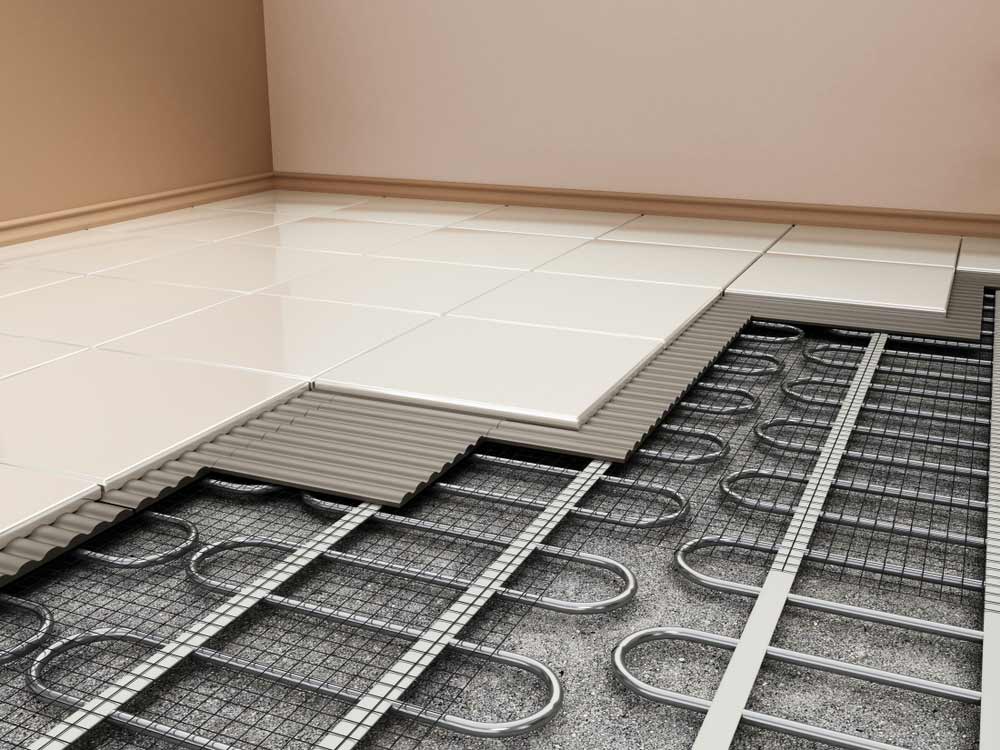
One of hydronic slab heating’s major drawcards is its ability to retain warmth for hours after being switched off. Since the concrete absorbs and slowly releases heat, your property stays warmer for longer and reduces the need to constantly run the system.
This makes it ideal for cold climates or homes with good insulation, as it can keep spaces comfortable even on particularly chilly nights.
One of the main drawbacks of hydronic heating is the installation cost. It can be significantly more expensive to install compared to a ducted gas or split system, especially in existing homes where retrofitting requires additional plumbing and modifications.
For new builds, however, it’s certainly more cost-effective because the system can be incorporated into the design from the start. However, homeowners need to weigh the long-term energy savings against the higher initial investment.
While hydronic heating delivers comfortable and consistent warmth, it isn’t the fastest way to heat up a room. Unlike a gas ducted system or split system that provides instant warmth, hydronic systems—especially slab heating—take longer to reach the desired temperature.
The good news is that with a little planning, you can stay two steps ahead and make sure that it’s up and running at the right time. This is why many people set their system on a timer so their home is warm by the time they wake up or return from work. While the retained heat is beneficial in the long run, it may not suit those who want immediate warmth at the flick of a switch.
Hydronic heating systems require a boiler to heat the water, which must be installed either inside or outside the home. The size of the boiler depends on the system’s capacity, but it does take up space and needs to be properly installed and maintained.
If your home has limited storage or outdoor space, this could be a drawback. Additionally, regular servicing is required to keep the boiler running efficiently, however, this can be said for all forms of heating on the market today.
Although hydronic heating can be installed in existing homes, the process is more complex and costly compared to incorporating it into a new build.
As an example, in-floor hydronic heating requires either embedding pipes into a concrete slab (ideal for new homes) or installing a panel system over existing flooring, which may increase floor height. Radiator systems are easier to retrofit but still require careful planning for pipework and boiler placement.
If you’re considering installing hydronic heating in an older home, it’s essential to get a professional assessment to determine feasibility and costs.
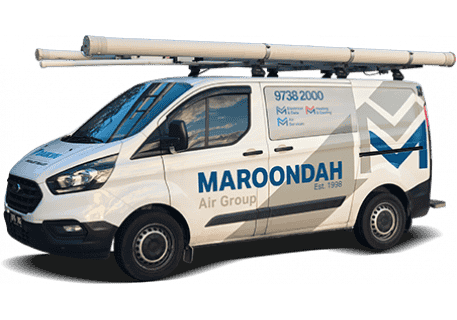
If you’re considering an upgrade to your home’s heating, a hydronic heating system might be the perfect solution. At Maroondah Air, we can recommend, install, and service hydronic heating systems from all major brands. Whether you need slab heating for a new build or an in-floor system to retrofit your home, we’re here to
Get in touch today and discover how hydronic heating can make this winter more cosy, comfy, and warm. Our licensed technicians are available to install hydronic heating in Chadstone, Surrey Hills, Toorak, and everywhere in between.
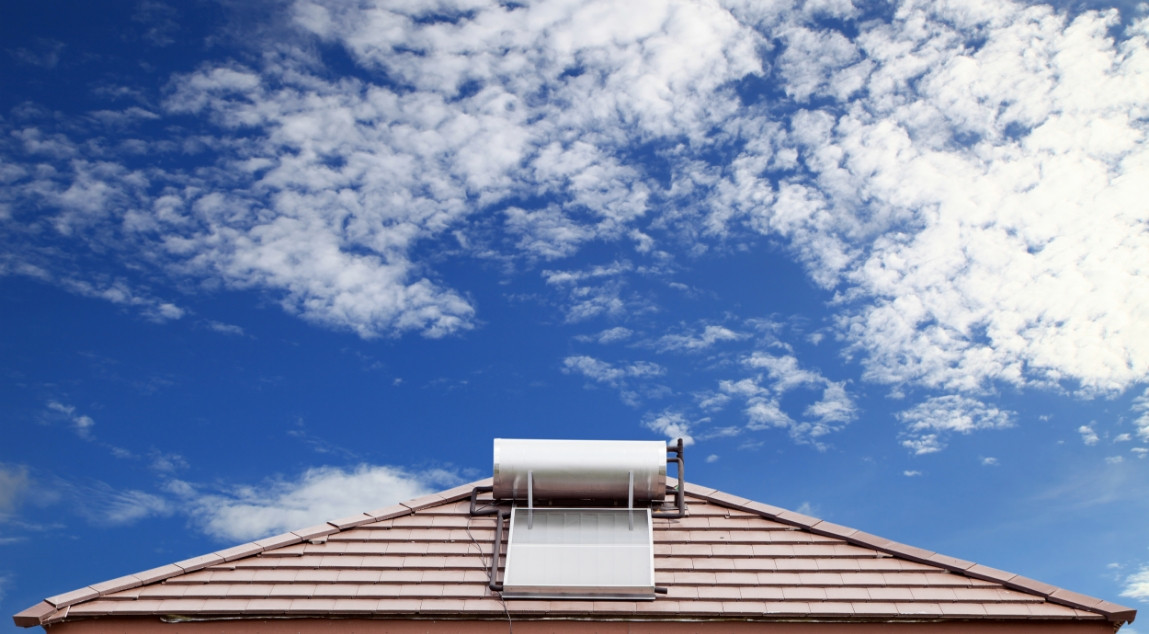
Looking to go gas free in Victoria? You’re not alone. Both on a local and national level, a major push is being made to help property owners transition away from gas based appliances and embrace more efficient carbon-friendly options. Effective Jan 1, 2024, Victoria’s Gas Substitution Roadmap will officially begin. This initiative not only aims […]
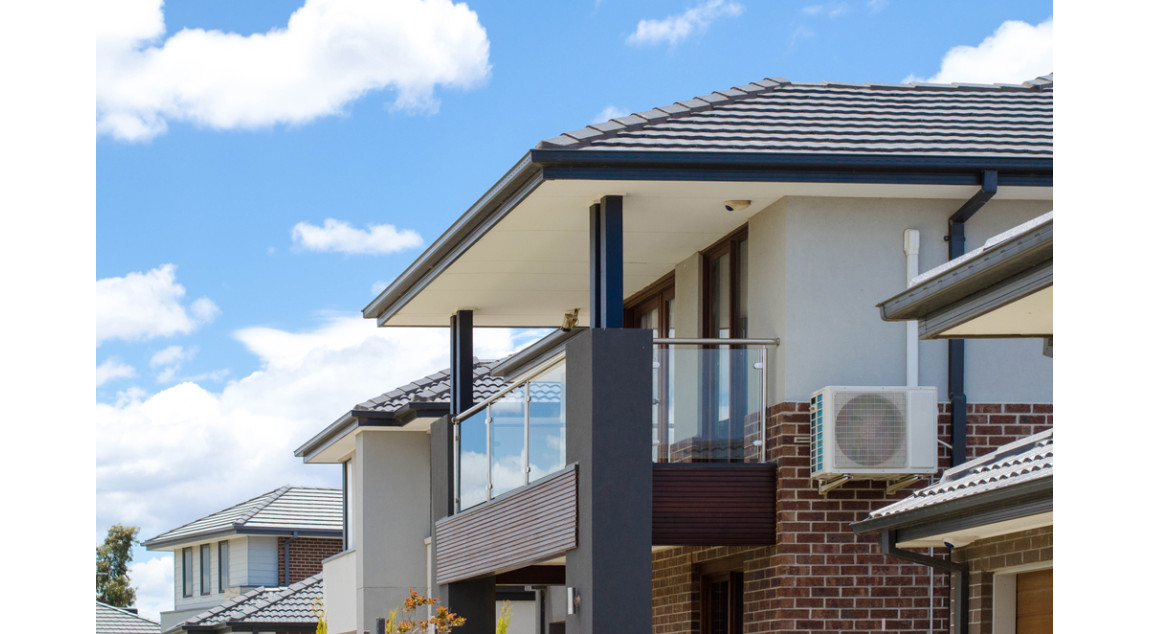
As one of Melbourne’s leading heating and cooling companies, we have some expert tips and advice to keep you comfortable and cool. From rebates to cutting edge air conditioning systems, there are various steps you can take.
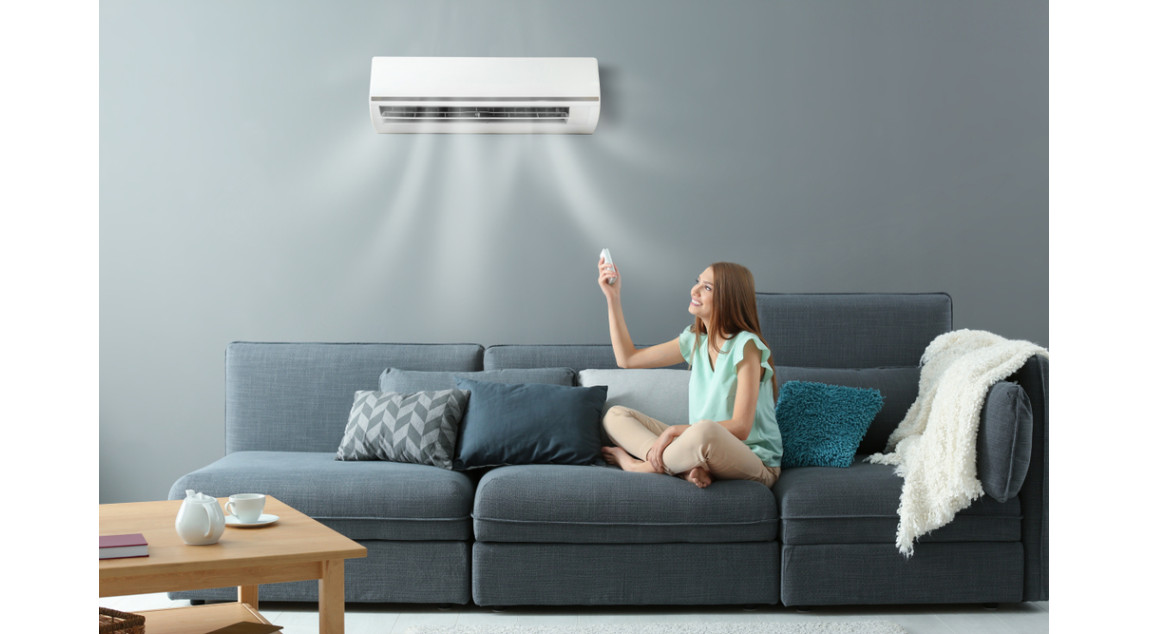
Whether you’re upgrading, fitting out a new property, or simply want to stay ready for the warm weather, we’re here to break down the best and brightest split systems available this summer.
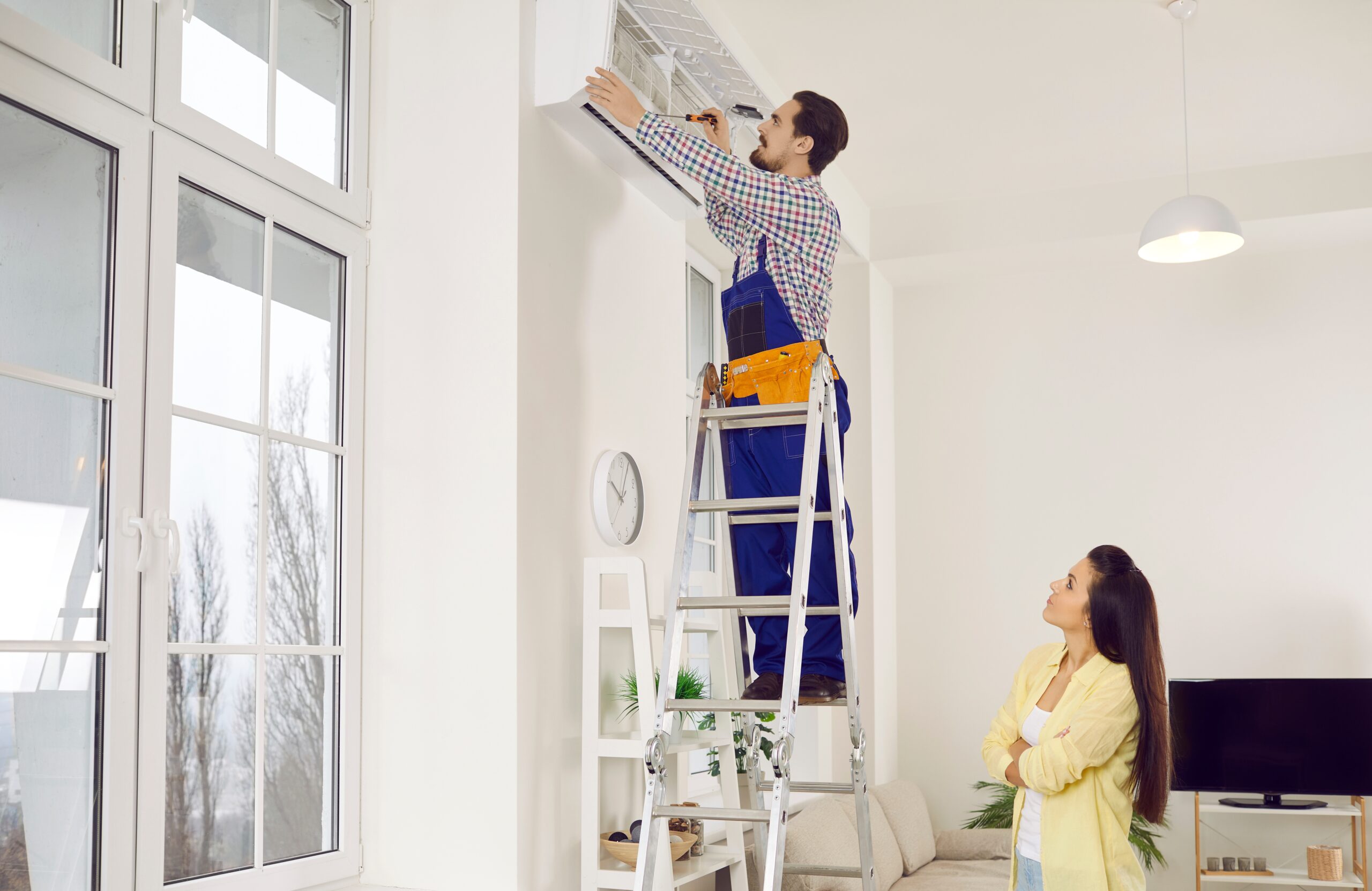
A new air conditioning system is a big investment for any home and business. While the unit and brand is an important consideration, so is the company you choose. From the initial installation to ongoing servicing and repairs, you need someone that you can trust, respect, and depend on in a crunch. These days, heating […]

On a global level, our weather is becoming more unpredictable and extreme than ever. Australia is certainly no exception to the rule. In response, we’re all searching for ways to cope and be as comfortable as possible. Luckily, this is where split systems really fit the bill. Unless you’ve recently undertaken a renovation or bought […]
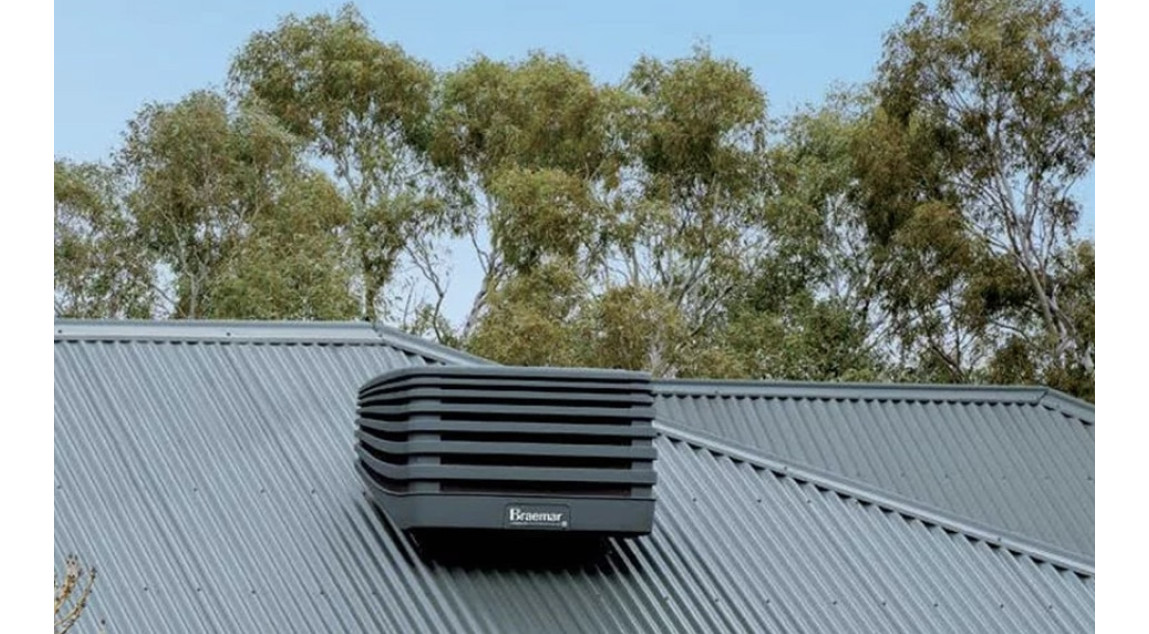
While split systems tend to get a lot of attention, there are many other great forms of air conditioning available. Today, we are going to shine a light on a highly regarded alternative–evaporative cooling systems. Often dubbed the most natural and eco-friendly form of air conditioning, evaporation coolers are available as both stand alone units […]
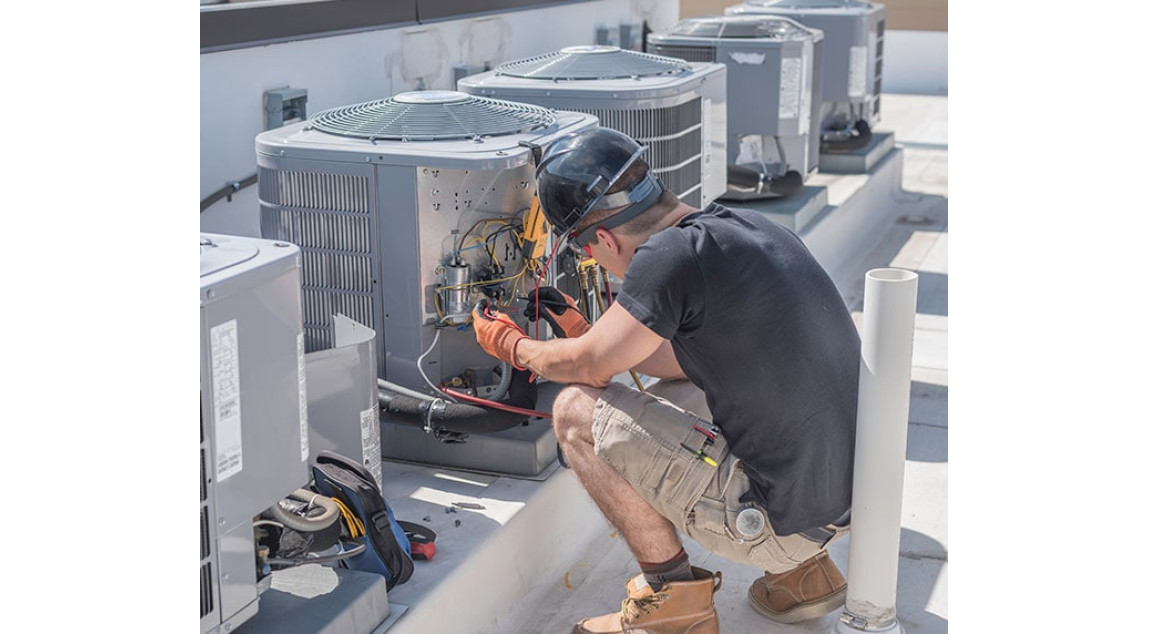
Your air conditioner won’t always last forever, but regular servicing sure helps to extend its lifespan. If you’re using the unit on a regular basis, this places a strain on all of its components, which can quickly lead to costly repairs.

Whether you want to retrofit a gas log fire into your existing fireplace or fit one into a newly built home, there’s never been a better time to invest in a brand new Rinnai log fire. Let’s explore why right now.
Types of Rinnai Gas Log Fires
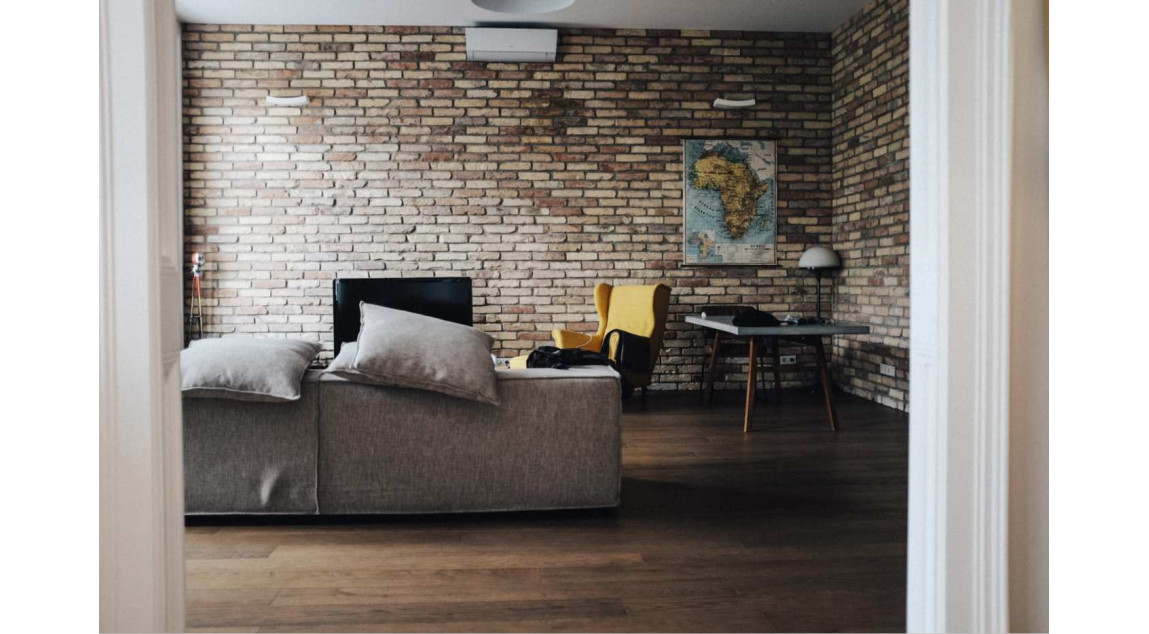
Inflation and cost-of-living pressures are undoubtedly two of the biggest challenges that Melbournians currently face. While we are unable to control the cost of petrol and supermarket items, there are some ways to cut down and save money. Today, we’re going to focus on heating and cooling and highlight some ways that you can save […]
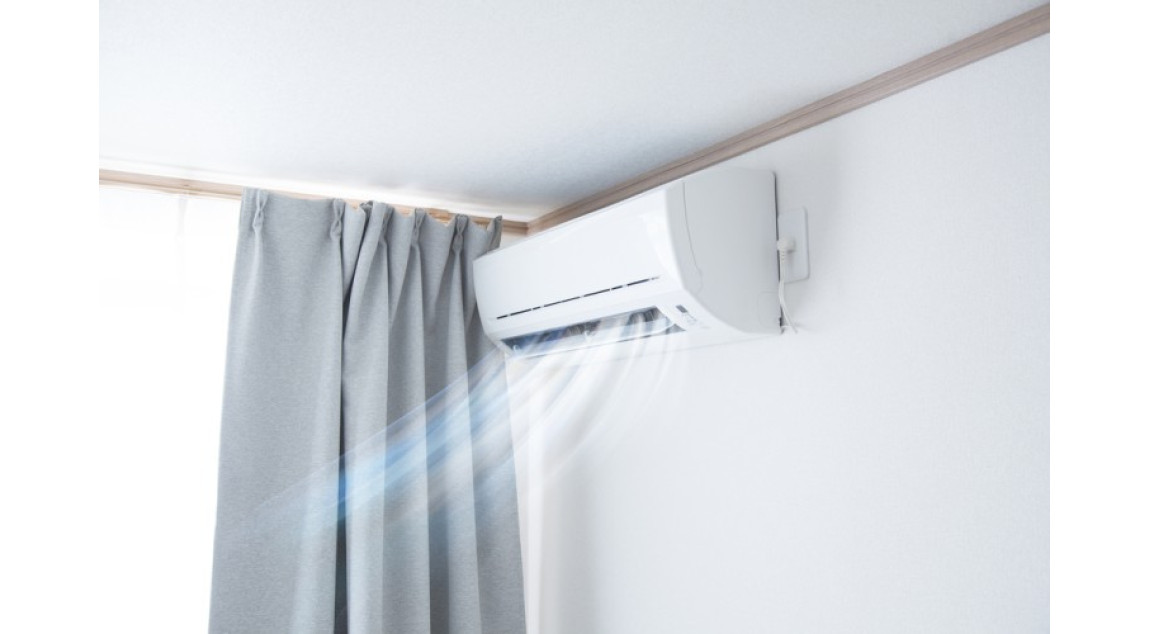
Air conditioning plays an incredibly important role in all of our lives. From home to work, shopping centres and public transport, we rely on these systems almost every day. As our need for reliable AC continues to grow, so does the capacity and functionality of modern air conditioning units. Without a doubt, split systems are […]